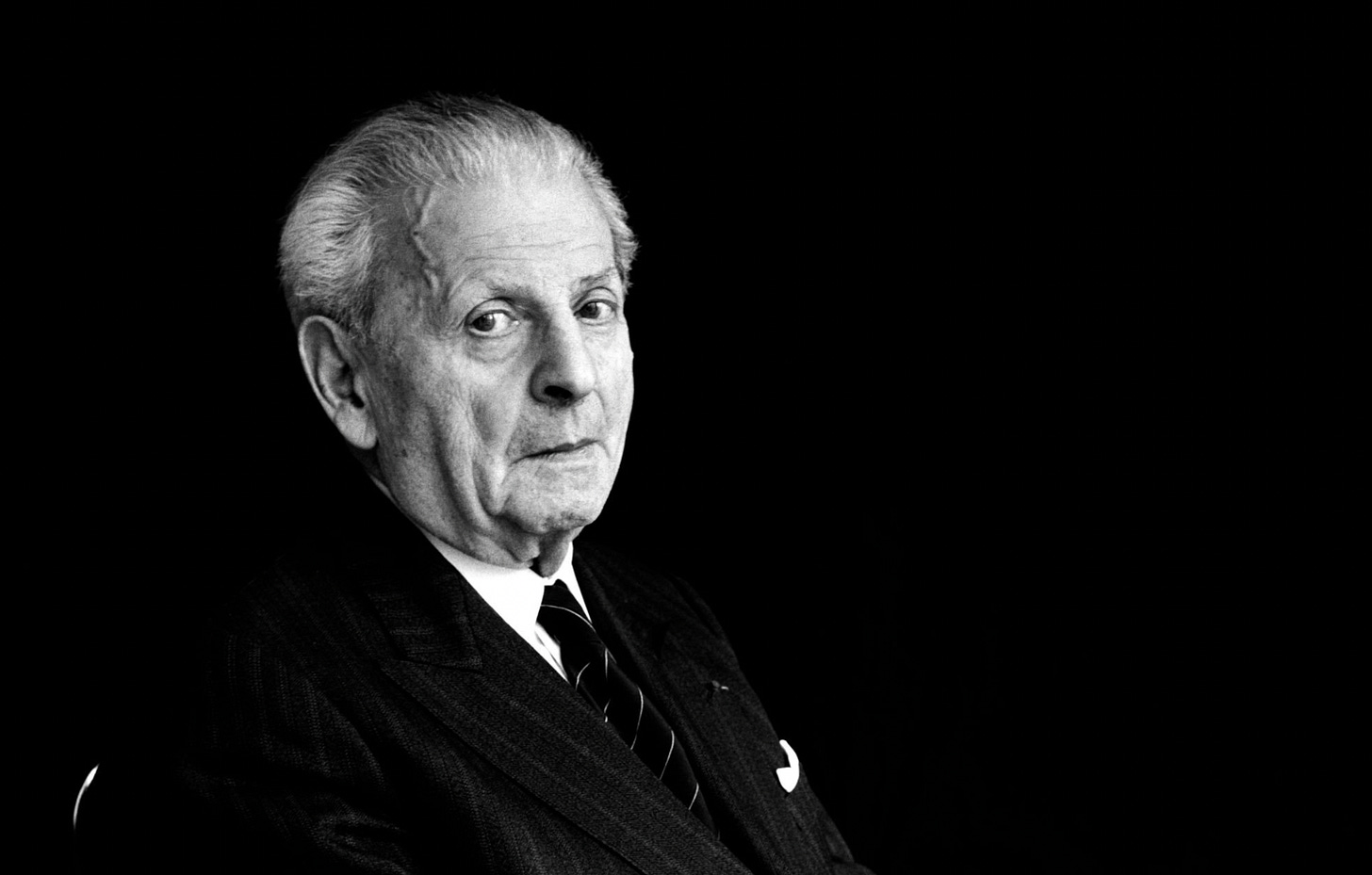The Face Of the Other
A face-to-face encounter with another person is an ethical event
Image: freepik.com
It’s often said that the eyes are the window to the soul.
The truth of this saying struck me anew the other day, when my daughter and I looked one another in the eye.
Because I have red-green colour-blindness, one thing I’m poor at noticing is eye colour with any shade of green. So when my wife mentioned that my daughter’s eyes had developed a yellowish-green hue, I tried to look properly at them and see for myself.
My daughter, who’s only two years old, found my attempt to study her eye colour pretty funny. But it then became quite a moving moment, as we looked one another in the eye, she chuckled at me, and I saw her more fully than usual.
It’s rare for two people to look one another plainly in the face, shorn of any broader needs or distractions. Usually, we look at other people while chatting to them, our minds on the topic of conversation or—if the conversation is not very stimulating—something else entirely.
But when we do make eye contact, it opens up the possibility of a deeper connection with other people, even access to another layer of existence: the ethical dimension.
Indeed, what if ethics begins not with moral rules, or even moral character, but simply the face-to-face encounter with another person?
Seeing the good
Image: Emmanuel Levinas, laregledujeu.org
Emmanuel Levinas (1906-1995)answered the question just posed in the affirmative.
Levinas was a Lithuanian-born Jewish philosopher and Talmudic scholar who spent his working life in France. While studying in Germany in the 1920s and 1930s, he encountered the style of philosophy known as phenomenology, which he subsequently brought to France and popularised there.
Phenomenology was the philosophical tool that allowed Levinas to unlock the hidden ethical significance of the face.
Edmund Husserl, the inventor of phenomenology, believed that the world we experience is not independent of the mind but, in fact, structured by consciousness. To this end, Husserl engaged in meticulous first-person descriptions of how the world, and things within it, appear to us, allowing him to develop grand theories of time, space, the body, and intersubjectivity.
One aspect of the world that Husserl had little to say about, however, was ethics. For Levinas, this was not only an oversight, but in fact missed the first and most important task of philosophy. He therefore tried to use phenomenology to illuminate this dimension of reality, focusing not on rules or even virtues but on the very thing that underpins all theories of ethics: our encounter with the other person.
For Levinas, the face-to-face encounter with another person is an ethical event. The other person is presented to me visibly, to be sure, but by no means as an object. Indeed, he says that to examine the physical properties of somebody’s face is to not truly encounter them at all. For when we look at the colour of somebody’s eyes, for example, we examine them as a thing rather than seeing them through their eyes.
By contrast, to fully see the face of the other, to encounter look with look, is to feel the presence of their personhood. Naked and vulnerable, their face is imbued with moral significance, placing an ethical summons on me of responsibility. That is to say, the face of the other makes a demand of me – to recognise their human dignity and care for them. As Levinas puts it: “The Other is higher than I am because the first word of the face is ‘Thou shalt not murder’. It is an order. There is a commandment in the appearance of the face, as if a master spoke to me”.
Infinite responsibility
Image: momjunction.com
Levinas’s account of the face of the other has many strengths and certainly chimes with my own experiences.
One problem with it, however, is that for Levinas, the face-to-face encounter with another person reveals that my responsibility for them is infinite. In the passage just quoted above, Levinas continues: “...at the same time the face of the Other is destitute; it is the poor for whom I can do all and to whom I owe all”.
What does this mean, exactly? And is it compatible with the fact that the other may well be an adult, capable of looking after themselves?
Levinas observes that each person is not only vulnerable and unique, but radically different. They cannot be thought of as an alter-ego of myself, for doing so would be to miss the depths of their personhood, which transcend what I can possibly know of them. In other words, however I happen to think of another person in doing so, I am attempting to fit them into a box that cannot contain them, for there is always more to a person than I can conceive of.
According to Levinas, therefore, the infinity of the person for whom I am responsible entails an infinite responsibility.
The archetype of care
It seems to me that Levinas’s thought has many strengths, but on this specific point, he might be mistaken. Hans Jonas, a Jewish contemporary of Levinas, was able to explain why this is with his own theory of responsibility.
For Jonas, as for Levinas, the face of another person should not be seen as an object or thing, for to do so is to miss its significance.
When we look at another, we recognise a mind, a soul, present in their eyes and wider body. Here we have a window into the infinite depths and mystery of the physical, which accordingly reveals that it is not merely physical at all. On the contrary, interiority and exteriority, mind and body, the subjective and objective are revealed to be two sides of the same coin. The face is like a vase that opens up a receptive space through its particular shape.
For Jonas, as for Levinas, an encounter with the other is imbued with moral significance, but it only entails an imperative of responsibility for them in specific circumstances. When we look at another adult in the face, we bear witness to their human dignity, but we only feel a command of responsibility for them if they are in need and we are able to help. Where we are equals and unable to promote another’s well-being, our moral connection to them does not extend to a command of responsibility.
Where we are unequal, however, the ethical encounter with another person contains just that command. Hence, for Jonas, the timeless archetype of responsibility is a parent for their child, precisely because the latter is both so pure and so utterly vulnerable. When we look at the newborn, its worth is not only immediately apparent to us but also its appeal for care. As the child grows into an adult, our responsibility accordingly diminishes – but until that point, the face-to-face encounter calls us to protect them and promote their well-being.
This is ultimately why looking my daughter in the eye was such a rich and powerful experience. Free of any distractions and seeing her personhood clearly in her face, her worth shone all the clearer, and with it the imperative to care for her for as long as she needed me.







The ethical dimension of face-to-face encounters is infinite in that it demands constant recognition of other souls. While we sometimes may try to convince, sway, or cajole people to share our own views, there is a line we must never cross: We must never proselytize. We must never insist that we have all the answers or the only correct ways. To proselytize is a violation of the human soul. It does not respect or value where the other person is with respect to enlightenment or salvation. Rabbi Schlomo Carlebach put it succinctly: "There are many routes to G-d and they are all valid." To that I add a resounding AMEN!
Tom Bilyeu talks about the practice of sitting crossed legged across from another (his wife in this case), knees touching, and not breaking eye contact for 5 minutes. Set a timer. It's super awkward at first but then becomes very intimate and evokes incredible feelings of togetherness.